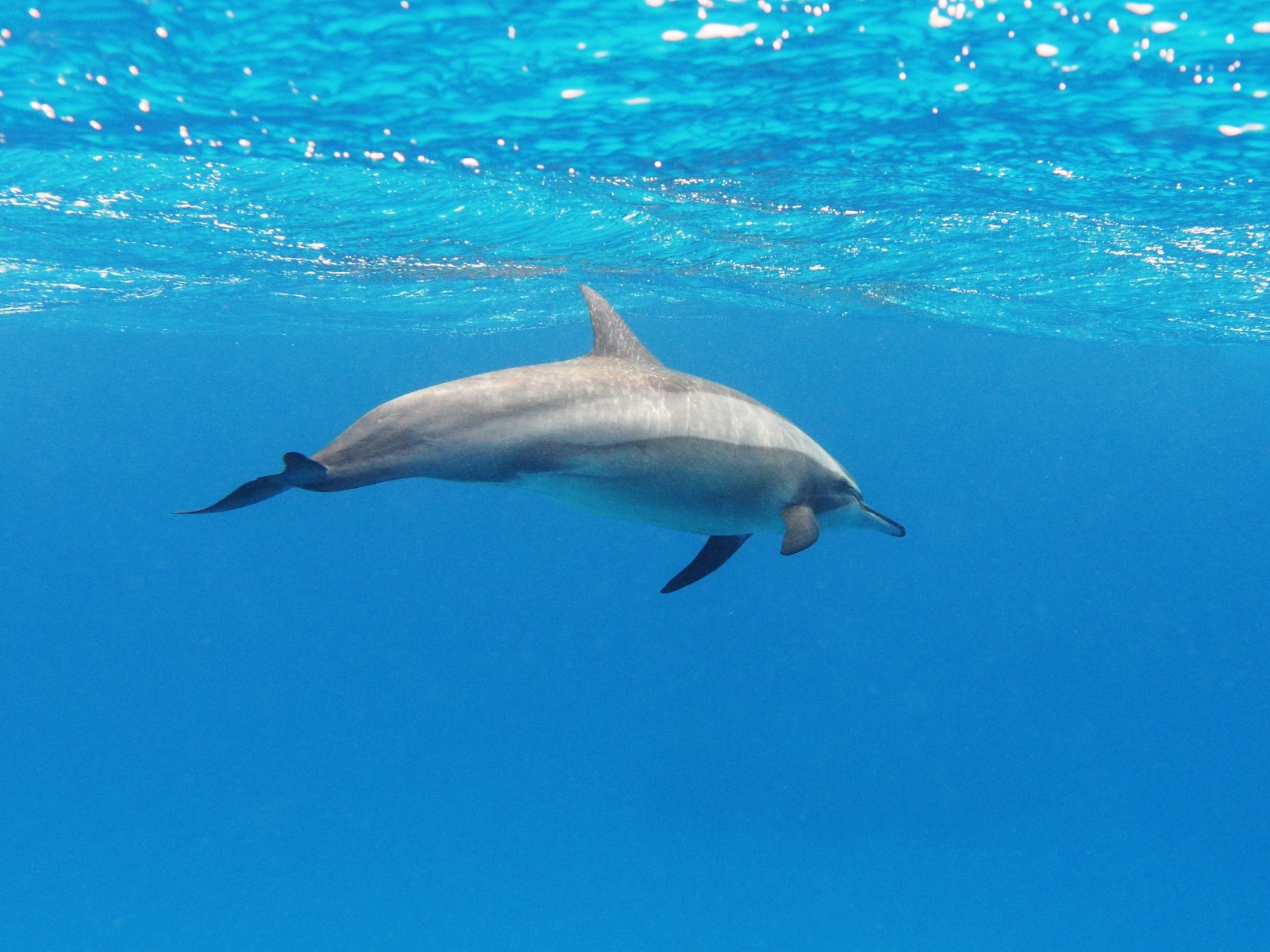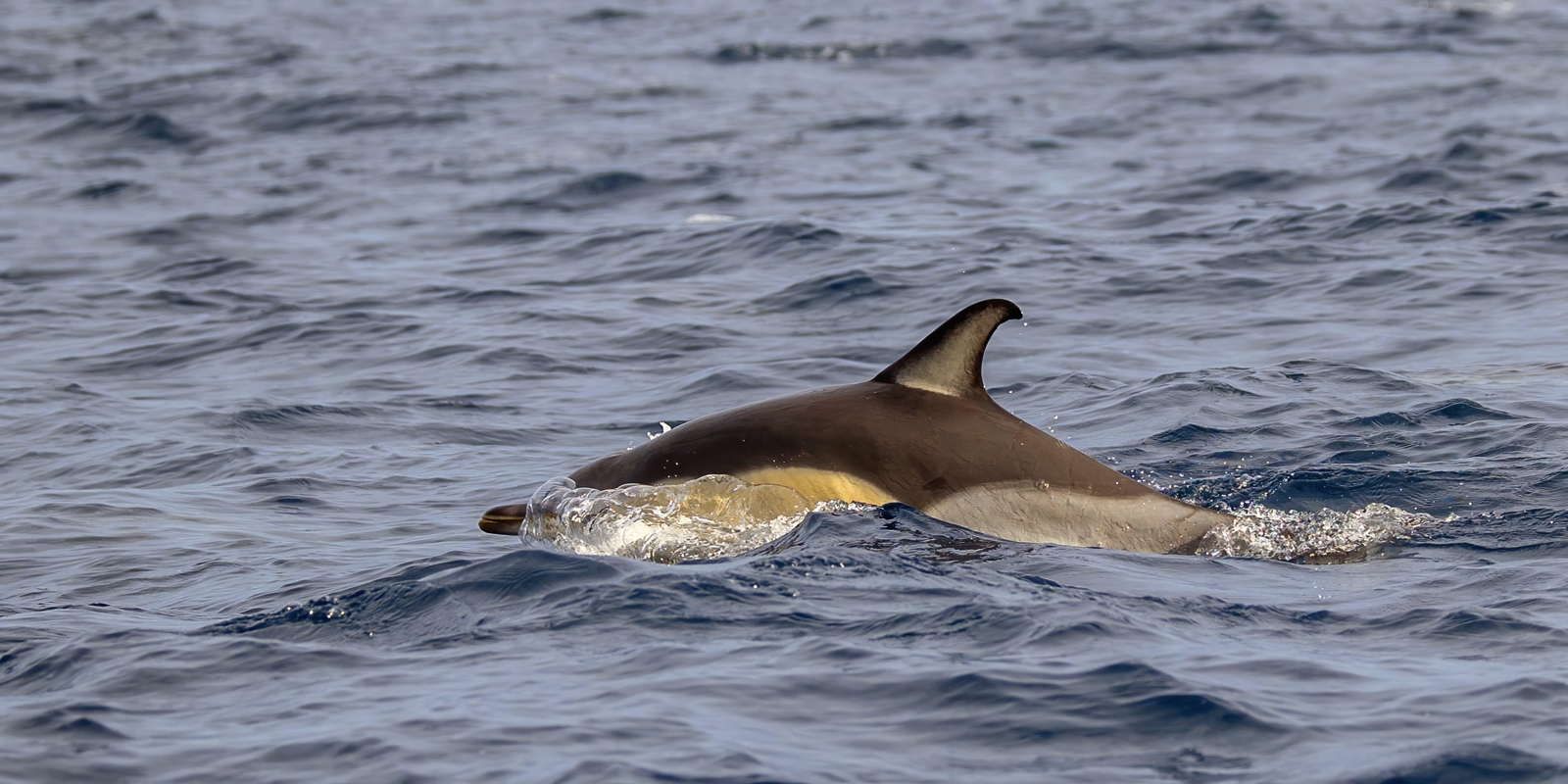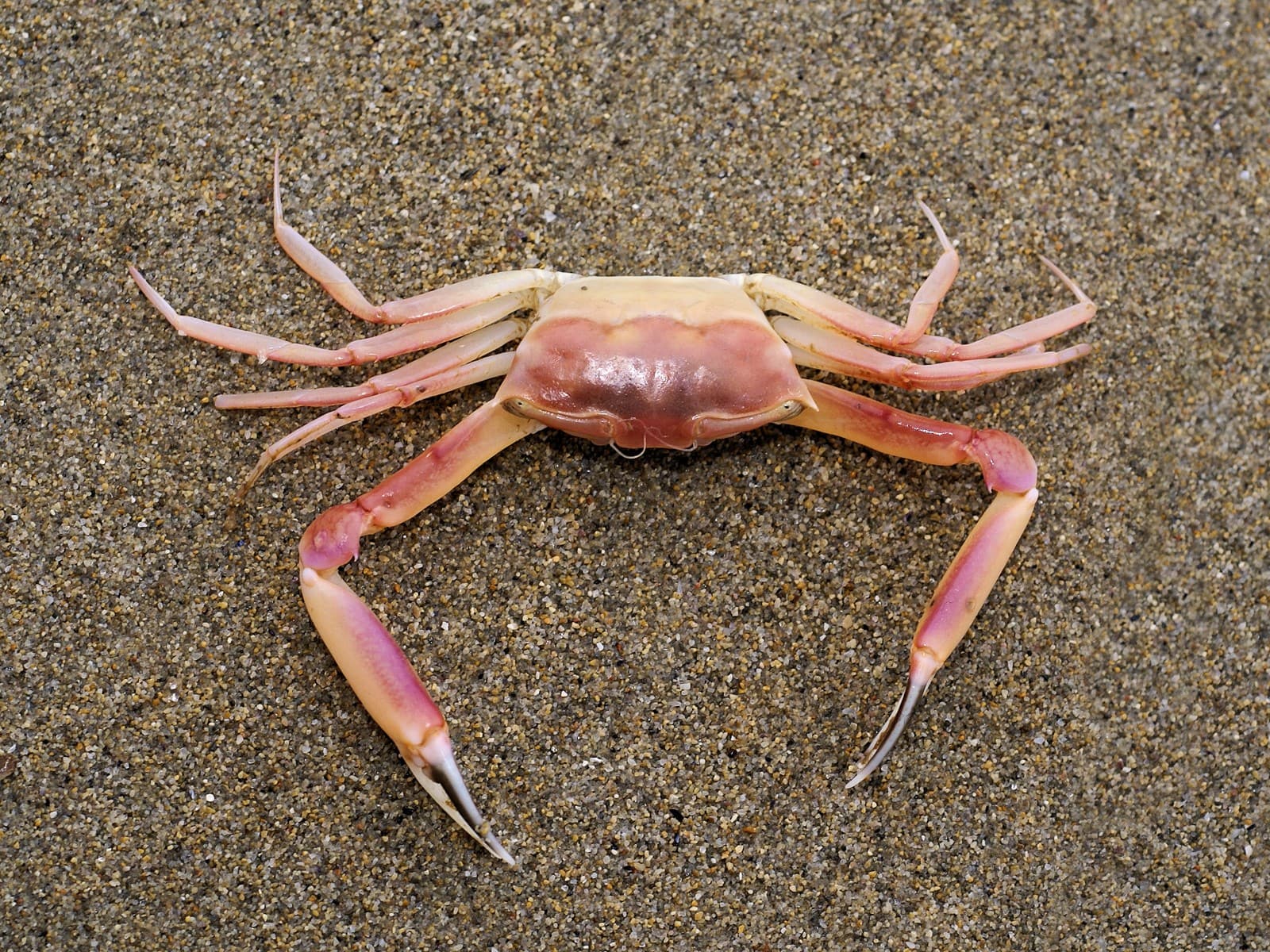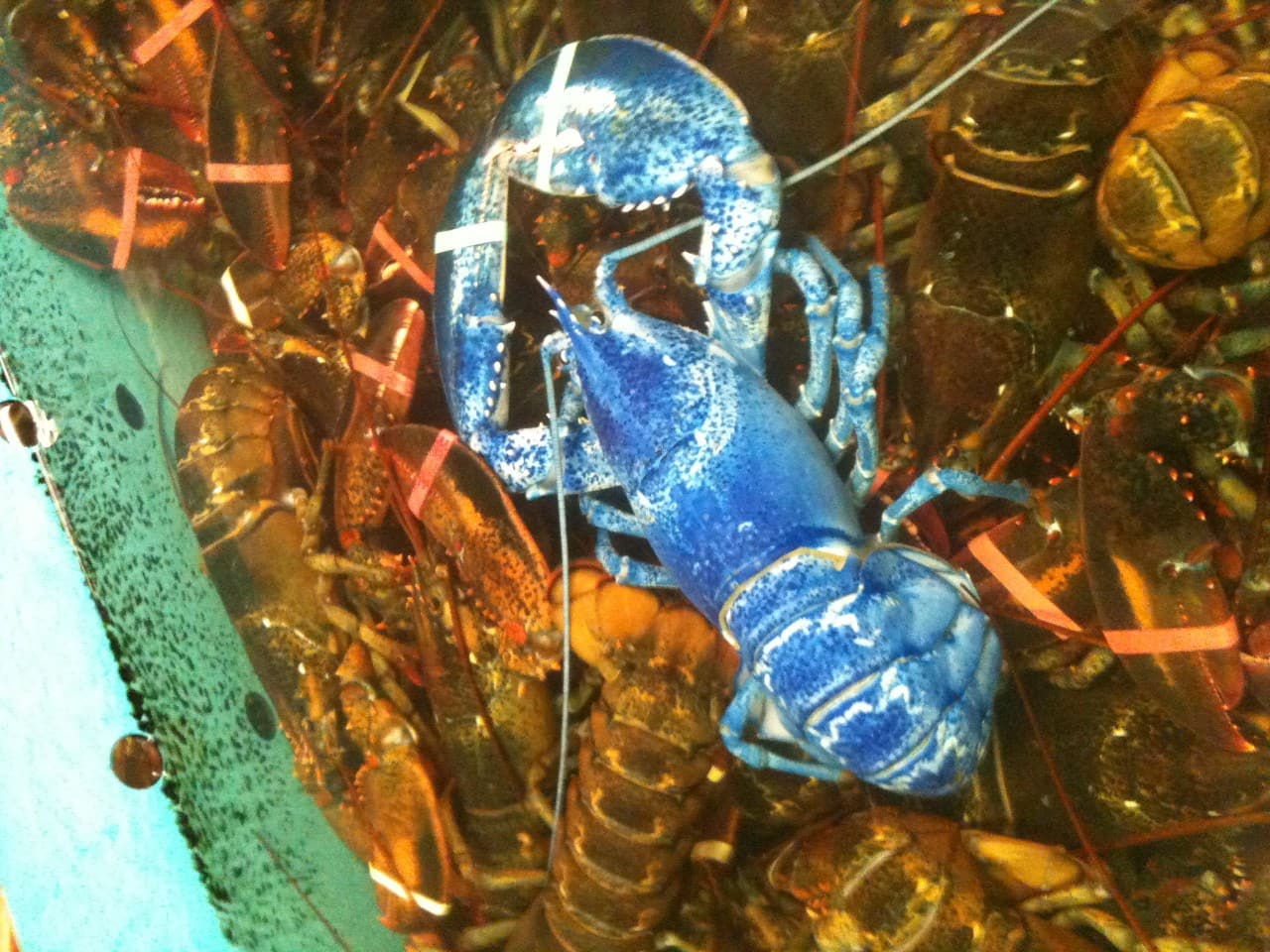Spinner Dolphin vs Common Dolphin: A Complete Comparison
When comparing Spinner Dolphin vs Common Dolphin species, several distinctive characteristics set these remarkable cetaceans apart. Spinner dolphins (Stenella longirostris) are renowned for their acrobatic aerial displays, capable of spinning up to 7 times in a single leap, while Common dolphins (Delphinus delphis) are distinguished by their unique hourglass-pattern coloring and larger size, typically reaching lengths of 6-8 feet (1.8-2.4 meters).
The most notable difference between these species lies in their behavior and habitat preferences. Spinner dolphins typically inhabit tropical and subtropical waters, forming large pods of hundreds or even thousands, while Common dolphins range more widely across temperate and tropical oceans in smaller groups of 10-50 individuals.

© Alexander Vasenin / CC BY-SA 3.0
The Spinner Dolphin, captured here in its crystalline tropical habitat, demonstrates the species’ characteristic streamlined form and slender build that enables their remarkable spinning abilities.

© Charles J. Sharp / CC BY-SA 4.0
The Common Dolphin exhibits its distinctive hourglass pattern and robust body structure, typical characteristics that distinguish it from its more slender spinning cousin.
Key Physical and Behavioral Differences
| Feature | Spinner Dolphin | Common Dolphin |
|---|---|---|
| Size | 4-7 feet (1.2-2.1 m) | 6-8 feet (1.8-2.4 m) |
| Weight | 130-170 lbs (59-77 kg) | 160-500 lbs (73-227 kg) |
| Color Pattern | Gray back, white belly | Complex hourglass pattern with tan and white |
| Pod Size | Hundreds to thousands | 10-50 individuals |
| Distinctive Behavior | Aerial spinning displays | Fast swimming, bow riding |
| Habitat Range | Tropical/subtropical waters | Temperate/tropical waters worldwide |
Habitat and Distribution
Spinner dolphins prefer warm, tropical waters and are commonly found in the Pacific Ocean, Indian Ocean, and tropical Atlantic. They typically stay in relatively shallow waters near islands or atolls during the day, moving to deeper waters at night to feed. In contrast, Common dolphins have a more extensive range, inhabiting both coastal waters and open oceans across temperate and tropical regions worldwide.
Behavioral Characteristics
Spinner Dolphin Behavior
- Performs spectacular aerial displays with multiple rotations
- Forms large, social pods for protection and feeding
- Exhibits strong diurnal patterns with daytime resting
- Uses echolocation for hunting in deep waters at night
Common Dolphin Behavior
- Known for high-speed swimming and bow riding
- Creates smaller, more intimate pod structures
- Shows cooperative hunting strategies
- Demonstrates complex vocal communications
Diet and Hunting Strategies
Both species are active predators, but their hunting techniques differ significantly. Spinner dolphins primarily feed at night on small mesopelagic fish, squid, and shrimp, using coordinated group hunting strategies. Common dolphins are more opportunistic feeders, pursuing schooling fish such as anchovies, sardines, and herring during both day and night.
Conservation Status and Threats
While neither species is currently classified as endangered, both face similar threats:
- Accidental entanglement in fishing gear
- Ocean pollution and plastic debris
- Habitat degradation
- Climate change impacts on prey availability
- Acoustic disturbance from marine vessels
Which Species Would Win in a Direct Encounter?
While aggressive encounters between these species are rare in nature, Common dolphins would likely have the physical advantage in any direct interaction due to their larger size and more robust build. However, both species typically avoid confrontation, preferring to focus on social bonding within their own pods and cooperative hunting strategies.
Interaction with Humans
Both species have historically maintained positive interactions with humans. Spinner dolphins are popular attractions in certain tropical tourism locations, where their predictable daily patterns make them accessible to observers. Common dolphins frequently approach boats and are known for their playful bow-riding behavior, making them favorites among whale-watching enthusiasts.
Through understanding these distinct characteristics of Spinner Dolphin vs Common Dolphin species, we can better appreciate their unique adaptations and roles in marine ecosystems. While they share many dolphin family traits, their specialized behaviors and physical characteristics demonstrate the remarkable diversity within cetacean species.









